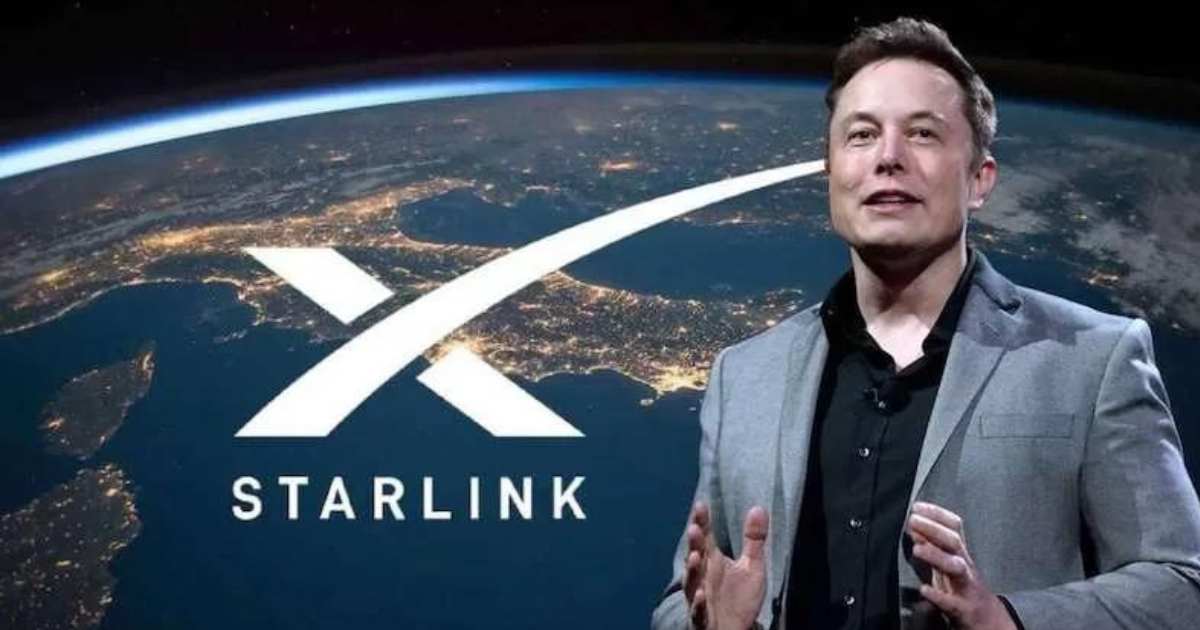Choose this topic
ToggleThe Ford government has made a transformative move by signing a $100 million agreement with Elon Musk’s Starlink system. This deal represents a major push to bridge the digital divide in Ontario, aiming to bring high-speed internet access to underserved rural and remote communities.
The collaboration highlights the province’s commitment to connectivity, economic growth, and technological innovation. Here’s an in-depth look at the significance of this agreement and its potential impact.
Understanding Starlink: Revolutionizing Connectivity
Starlink, developed by Elon Musk’s SpaceX, is a satellite-based internet system that uses a network of low-earth orbit (LEO) satellites to deliver fast and reliable internet to even the most remote regions.
Unlike traditional broadband services, which rely on physical infrastructure such as cables and towers, Starlink provides an innovative solution for areas where traditional internet service providers (ISPs) cannot reach.
For rural areas in Ontario, where internet access has been limited or non-existent, Starlink’s technology offers a chance to leapfrog the challenges of conventional infrastructure.
High-speed internet is no longer a luxury but a necessity for economic growth, education, healthcare, and social inclusion.
Key Highlights of the $100M Starlink Agreement
The partnership between the Ford government and Starlink is part of a broader effort to ensure that every Ontarian has access to reliable high-speed internet. Here are the critical aspects of the deal:
- Massive Investment in Connectivity
The $100 million commitment will fund the deployment of Starlink’s satellite-based internet service across underserved areas in Ontario. This is one of the largest single investments in rural internet in the province’s history. - Accelerated Rollout
The rollout is expected to take place over the next two years, prioritizing communities with the most significant connectivity challenges. - Subsidized Access for Residents
To make the service affordable, the government will subsidize setup fees and equipment costs, which are traditionally high for satellite internet systems. - Integration with Provincial Goals
This agreement aligns with Ontario’s “Connect Ontario” initiative, which aims to provide high-speed internet access to all residents by 2028.
Why This Deal Matters for Ontario
The lack of reliable internet in rural areas has long been a barrier to growth and equity. By leveraging Starlink’s cutting-edge technology, Ontario is taking a significant step to level the playing field.
Economic Benefits
High-speed internet can attract businesses to rural areas, enabling local entrepreneurs to thrive and connecting farmers to global markets. Remote work opportunities can also expand, allowing rural residents to participate in the digital economy.
Educational Advantages
The COVID-19 pandemic underscored the importance of online learning, yet many rural students were left behind due to poor connectivity. Starlink will provide students and teachers in remote areas with access to robust digital tools and platforms, ensuring they are not disadvantaged.
Healthcare Improvements
Telehealth services have become a cornerstone of modern healthcare, offering consultations, monitoring, and diagnoses remotely. Reliable internet through Starlink will make these services accessible to remote communities, reducing travel times and healthcare disparities.
Enhanced Quality of Life
Connectivity impacts daily life, from accessing government services to participating in virtual community events. High-speed internet fosters social inclusion and enables rural residents to stay connected with friends and family worldwide.
Challenges and Criticisms
While the agreement is a positive step, it is not without challenges. Critics and experts have pointed out potential issues:
- Affordability Concerns
While setup fees will be subsidized, Starlink’s monthly costs, which range from $100 to $120 CAD, may still be prohibitive for some residents. - Environmental Implications
Starlink’s large satellite constellation has raised concerns about space debris and light pollution, which could impact astronomy and the environment. - Implementation Logistics
Ensuring that equipment is delivered and installed efficiently in remote areas could prove challenging due to the rugged terrain and harsh weather conditions in some parts of Ontario. - Long-Term Viability
Satellite internet technology is still evolving, and its long-term reliability and performance compared to fiber-optic networks remain a topic of debate.
How Does This Compare to Other Provinces and Countries?
Ontario’s investment in Starlink sets a precedent for other provinces and regions facing similar connectivity challenges. In Canada, provinces like Alberta and British Columbia have also explored satellite internet solutions, but Ontario’s $100 million deal is among the most ambitious.
Globally, countries like the United States and Australia have adopted Starlink to bridge digital divides in rural areas, with varying degrees of success.
Ontario’s approach, combining significant government investment with private-sector innovation, could become a model for other jurisdictions.
What’s Next for Ontario?
With the Starlink rollout scheduled to begin soon, the Ford government faces the task of managing expectations and ensuring that the project delivers measurable results. Key steps include:
- Community Outreach: Educating residents about the program and how to access it.
- Monitoring Progress: Establishing benchmarks for success and addressing any delays or issues proactively.
- Expanding Partnerships: Exploring collaborations with other tech providers to further enhance rural connectivity.
Key Takeaways
- Transformative Investment: The $100 million deal with Starlink underscores Ontario’s commitment to digital equity.
- Widespread Impact: High-speed internet will boost rural economies, improve education, and enhance healthcare access.
- Challenges Ahead: Affordability, environmental concerns, and logistics must be carefully managed for long-term success.
- Global Benchmark: Ontario’s initiative could inspire similar investments in rural internet worldwide.
FAQs
How does Starlink work?
Starlink uses a constellation of satellites in low-earth orbit to deliver high-speed internet to areas without access to traditional broadband services.
Who will benefit from this deal?
The program is designed for rural and remote Ontarians who currently lack reliable internet access.
Will the internet be affordable?
The government will subsidize installation costs, but monthly fees may still be a concern for some users.
When will the service be available?
The rollout is expected to be completed within two years, starting with the most underserved regions.
Final Thoughts
The Ford government’s partnership with Starlink represents a bold and innovative approach to addressing one of Ontario’s most pressing challenges: rural internet access. By combining public investment with private-sector technology, the province is laying the groundwork for a more connected and equitable future.
While challenges remain, the potential benefits—from economic growth to improved quality of life—are immense. This $100 million agreement could become a landmark moment in Ontario’s journey toward digital inclusion, setting a new standard for connectivity initiatives in Canada and beyond. For more Starlink Internet information check the internetgainer.



